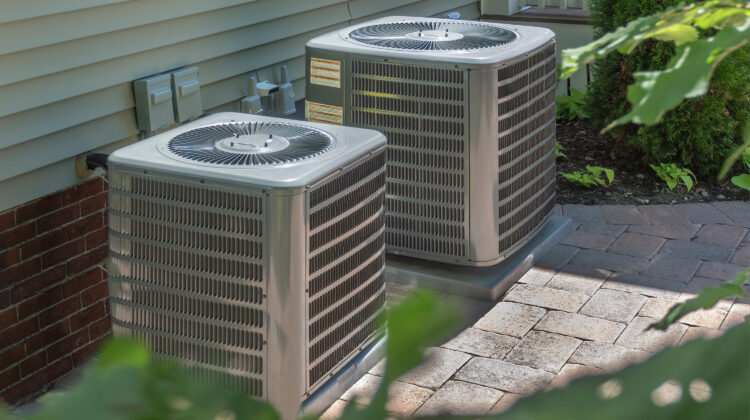
It’s likely you’ve not thought too much (or at all) about the refrigerant being used in your HVAC system, and well, who can blame you? It’s not exactly a hot topic at social gatherings and you’re likely to be considered a bore for bringing it up. That being said, knowing the difference could come in handy for those random moments when your expertise for such trivia might be called upon. And it will certainly come in handy should your HVAC system–the only thing between you and the next heat wave–break or need to be replaced. So without further ado here’s what you should know about Freon versus A2L:
THE DIFFERENCE BETWEEN FREON & A2L
Both Freon and A2L are refrigerants–and either one can make cool air come swooshing out of your air conditioner, a lifesaver during those hot summer days. The difference is that Freon has a chemical structure called R410A that is significantly more damaging to the environment than A2L. As such, the R410A in Freon, which is a hydrofluorocarbon (HFC), is being phased out due to its negative environmental impact.

Its replacement is A2L, a class of refrigerants known to produce less hydrofluorocarbons and considered non-toxic. A2L refrigerants come in two “flavors”–known as R32 and R454B respectively–and both are considered to be more environmentally friendly. Both are being used in new HVAC systems and enable more efficient heat transfer. As a result, your HVAC system can cool your home more effectively while using less energy, reducing both energy consumption and operating costs over time. And doing so without as much hydrofluorocarbons.
THE DOWN SIDE OF A2L
While being better for the environment, A2Ls are more flammable than good ol’ Freon (F410A)–which is considered “non-flammable” under “normal” circumstances. Because the replacement refrigerants are more flammable, increased safety precautions must be taken when using the A2L replacements.
HOW THIS COULD IMPACT YOU
The EPA’s Technology Transitions Program mandates that new equipment manufactured after January 1, 2025 must use A2L refrigerants. This will most likely bring replacement costs up and also require different installation procedures. It also could mean that when your older HVAC systems falters, it will need to be repaired or replaced with a new A2L system.
HOW TO PREPARE FOR THE HVAC CHANGES AHEAD
- Consider upgrading early, especially if your HVAC system is nearing the end of its life.
- If you have an older system, schedule a tune-up now while R410A parts and refrigerants are still readily available.
- Consider the benefits of a home warranty which could help with repair or replacement costs.
- Stay informed as we move to the new A2L systems.
More info:
New Construction and the new HVAC Requirements
